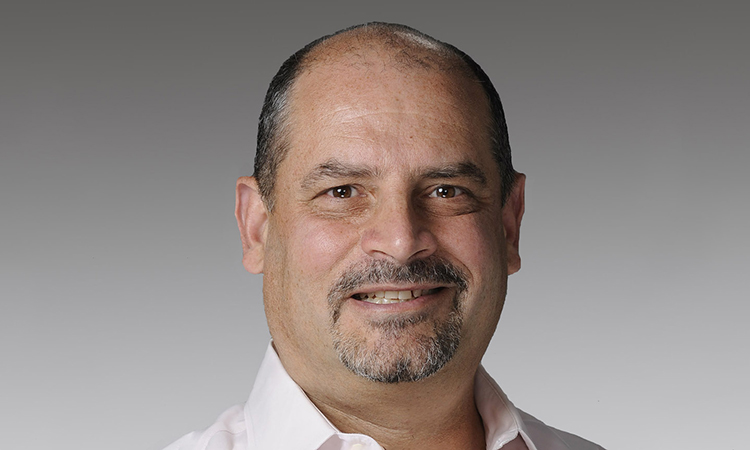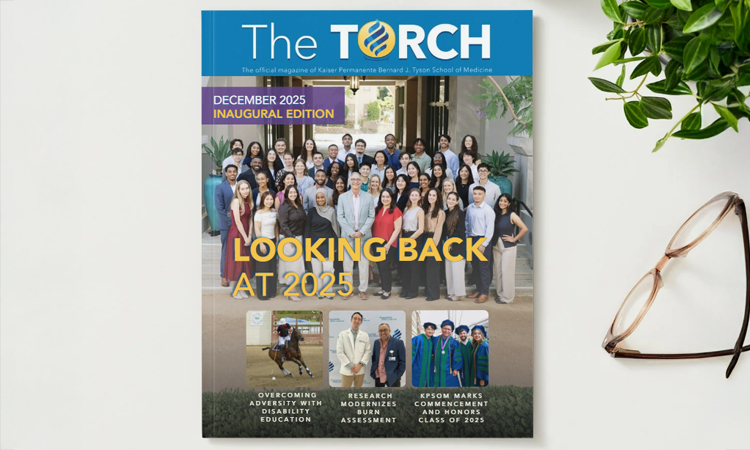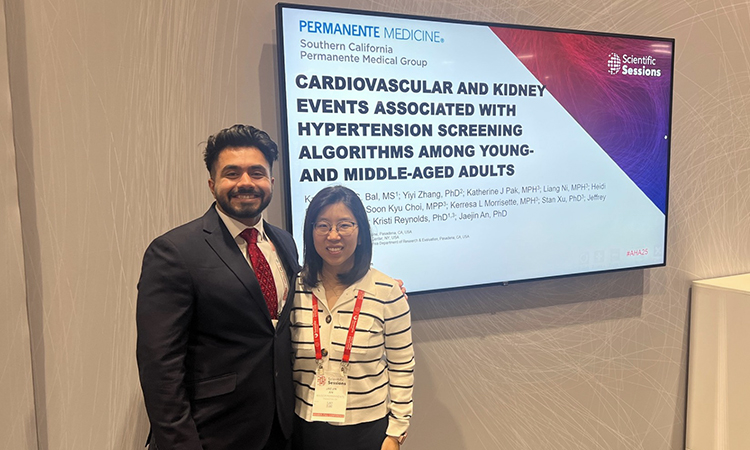Screening for lung cancer is a “wasteful and inefficient use of resources in a health care system that is struggling to improve quality and affordability” if testing is predominantly done on individuals who are not likely to benefit from it.
This is among the findings in a new commentary in JAMA Network Open co-authored by Michael Gould, MD, MS, Kaiser Permanente Bernard J. Tyson School of Medicine Professor of Health Systems Science, entitled “Is Lung Cancer Screening Reaching the People Who Are Most Likely to Benefit?” The piece, written along with Dejana Braithwaite, PhD, MS, University of Florida Health Cancer Center, Gainesville / Departments of Surgery and Epidemiology, University of Florida, Gainesville, explores how to reach a target population that is most likely to benefit from screening while minimizing screening among those unlikely to benefit.
Lung cancer is the leading cause of cancer death in the United States and most patients are in advanced stages of the disease when diagnosed. Because of this, in 2013 the US Preventive Services Task Force (USPSTF) recommended lung cancer screening with low-dose computed tomography (LDCT) annually for adults aged 55 to 80 years who have a smoking history of 30 pack-years or more, and who currently smoke or formerly smoked but quit within the past 15 years. In March 2021 the USPSTF extended the recommendation to include adults aged 50 to 80 years with a 20 pack-year smoking history, according to the study.
To provide equitable access to care, the authors assert that “multilevel structural and reimbursement challenges” must be overcome by health systems to reach those who are “most likely to benefit from lung cancer screening,” including “low-resource settings that serve marginalized populations” and “rural populations [that] may not have convenient access to lung cancer screening facilities despite the higher prevalence of tobacco use in their communities.”
The authors concluded that “effective, efficient, and equitable implementation of lung cancer screening requires a concerted effort that extends beyond adherence to the USPSTF recommendations” and noted a system-level change is required to achieve this outcome.
Read the article here .



